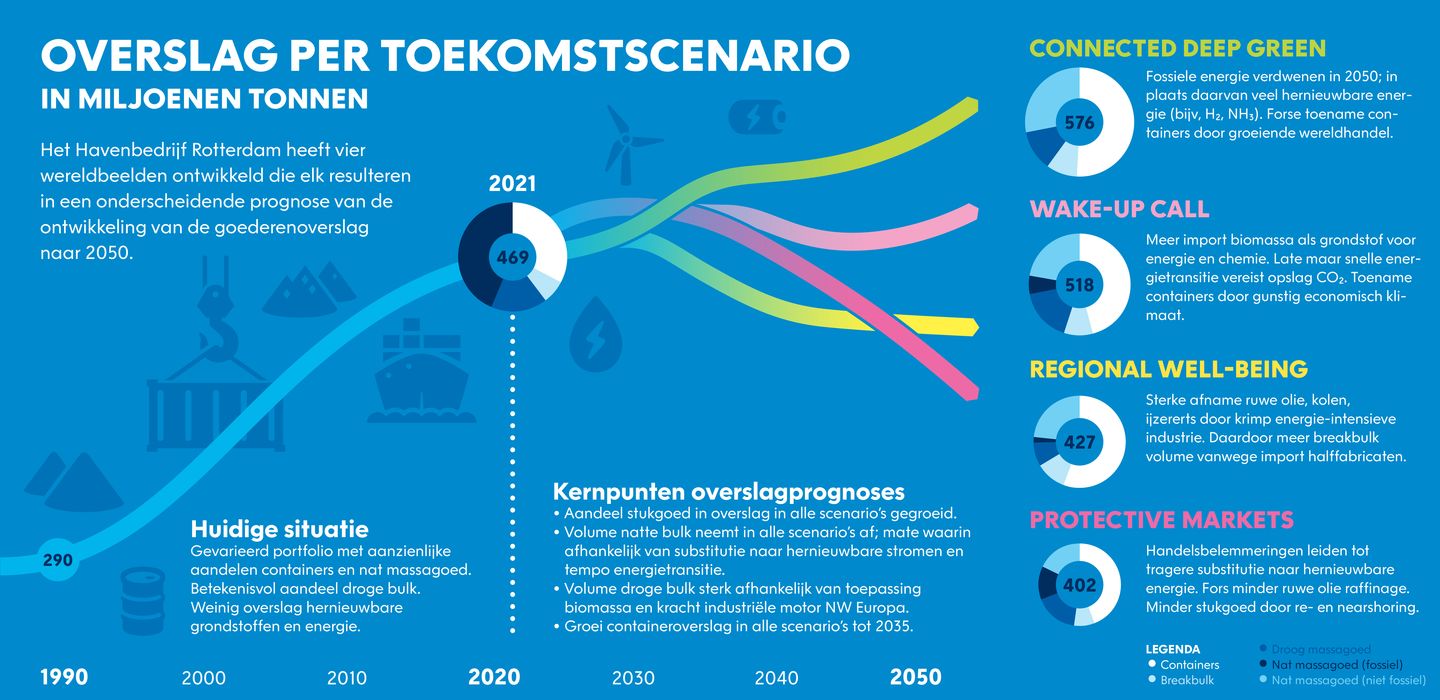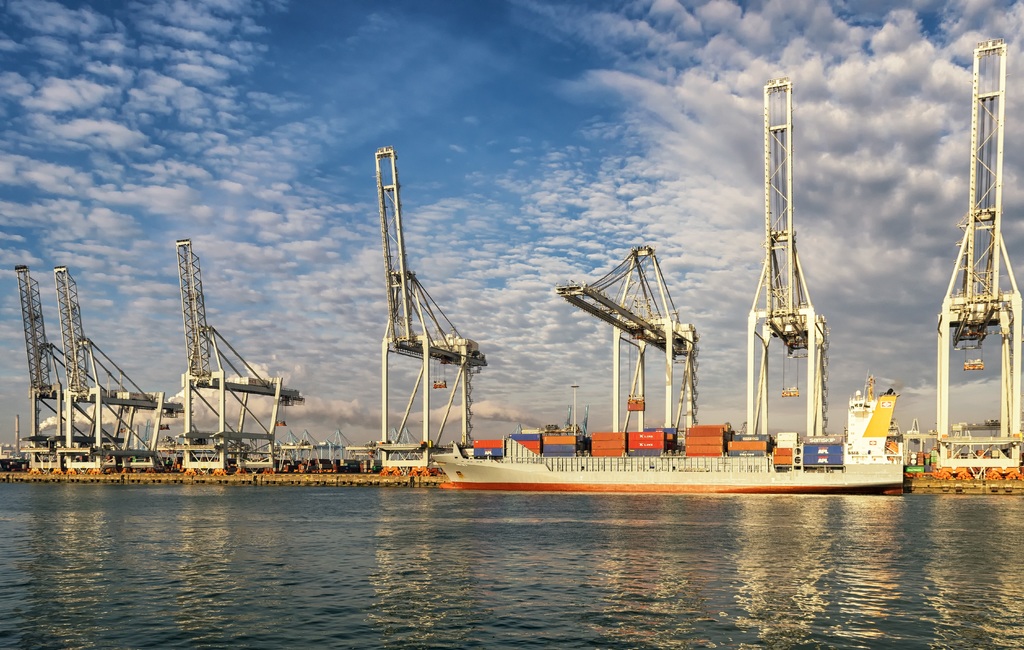Understanding what the future might look like is important so that the Port Authority can respond. What investments are needed to attract new flows of goods, activity and clean energy carriers? Where should adjustments be made? The Port of Rotterdam Authority extensively analysed four different world views.
Central to these analyses was the question of how changes in geopolitics, economy, society and technology would affect the port-industrial complex and the size and composition of the port’s cargo throughput. Is the world going full on ambitious climate action or is the energy transition stalling? Do power blocks erect trade barriers to protect their own industries or is free trade allowed to flourish? Do consumers prefer quality over price or just the opposite?
Also read: Port of Rotterdam, Groningen Seaports and North Sea Port to standardise port infrastructure
Four future scenarios
The four future scenarios and their corresponding world views are:
- Connected Deep Green: Good global cooperation with acceleration on digital transparency in logistics chains and global commitment to climate change targets, resulting in global CO2 neutrality by 2050, broad prosperity and high economic growth and a maximum temperature rise of 1.5 degrees Celsius this century.
- Regional Well-Being: From a shared commitment to transition, a tilt towards a regional focus on a clean and healthy living environment, privacy and well-being emerges within clusters of countries in early 2030, due to the lack of sufficient global trust. This results in a deteriorating business environment for basic industry in north-western Europe and moderate economic growth.
- Protective Markets: A world with distrust between power blocks, global geopolitical tensions and suboptimal integration in logistics chains. There are competing economic interests in a fragmented world with focus on self-sufficiency, own financial prosperity, resilience and defence. No global carbon neutrality by 2100 and low economic growth.
- Wake-Up Call: Increasing concerns about the economic impact of external shocks such as food and energy availability or extreme weather signal a tipping point. There is growing awareness that strategic cooperation and rigorous measures are needed to reduce CO2 emissions. This makes for strategically strong EU policies, moderate economic growth and late but rapid transition to renewable energy.
What impact each scenario has on throughput at the port of Rotterdam is summarily illustrated in the infographic (only available in Dutch) below.

‘These latest estimates show that our portfolio will change dramatically over the next thirty years,’ says Allard Castelein, CEO of the Port of Rotterdam Authority. ‘The future scenarios help us to strengthen the position of the port-industrial complex in a targeted way by focusing on sufficient production and processing capacity, good connectivity with key hinterland markets and accelerating sustainability.’
Also read: Port of Rotterdam and Eneco to provide shore power for Boskalis’ ships








